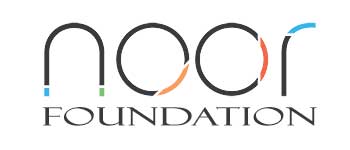 Pakistan has an estimated population of 170 Million while 60% population living on or below the US $3 per day. We have approximately 63% young women and men below 30 year age which is also considered high ranking in the world. Many millions of these young men and women do not get adequate support, facilities and avenues to access opportunities for training, education and skills development so that they could ably contribute to the betterment of society. We stand at 141 positions in UNO Human Development Index and in the present international scenario we need a modern/liberal and effective result-oriented action plan which would lead the youth into a positive direction and create a healthy attitudinal change for the moderate, Peaceful and taking away of extremism.
Pakistan has an estimated population of 170 Million while 60% population living on or below the US $3 per day. We have approximately 63% young women and men below 30 year age which is also considered high ranking in the world. Many millions of these young men and women do not get adequate support, facilities and avenues to access opportunities for training, education and skills development so that they could ably contribute to the betterment of society. We stand at 141 positions in UNO Human Development Index and in the present international scenario we need a modern/liberal and effective result-oriented action plan which would lead the youth into a positive direction and create a healthy attitudinal change for the moderate, Peaceful and taking away of extremism.
There are about 50 million people over 10 years of age were illiterate and more than half of adult population could neither write nor read as literacy is a pre-requisite for socio-economic development a major tool to access modern sources of success.
The basis of our work arose from certain shared beliefs that involve grass root developments by creating innovative, sustainable and collaborative design solutions which are responsive to the needs, resources and values of the community and in the process build a more sustainable future by empowering our partners i.e. community groups, social entrepreneurs, non-governmental organizations and other not-for-profit organizations. We focus our efforts locally where resources and expertise are scarce, by assisting vulnerable and disadvantaged communities further afield. We have no intention of undermining the locally available skills base rather we try to offer technical support, design advocacy and public education where necessary. This means bringing together the expertise of individuals, national and international groups, agencies, even creating opportunities for architects, designers and those with the skills to provide quality solutions to communities in need and organizations working for good causes. The promotion of public benefits in urban or rural areas in situations of social and economic deprivation by introducing the provision of facilitation services within the built environment to make available and improve resources for those who are in conditions of need.
